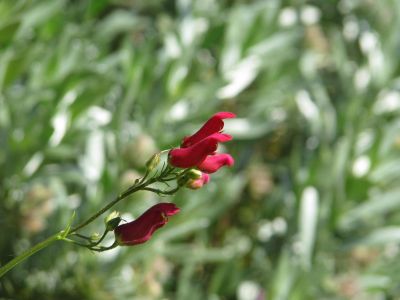Scrophularia Information
As you might have guessed, red birds in a tree plant is named for the masses of red flowers, which look much like a flock of bright red birds. The blooming season lasts all summer and well into autumn. Red birds in a tree is pollinated by hummingbirds. Many gardeners appreciate the plant for its high resistance to hungry rabbits. In its native environment, red birds in a tree plant grows primarily in steep, rocky slopes, pinon-juniper woodlands, and high-elevation coniferous forests. The plant is threatened due to mining, construction, wildfire, and other habitat alterations.
Growing Scrophularia Red Birds
Red birds in a tree is easy to grow in nearly any soil type, with the exception of heavy clay. Locate the plant where it is exposed to full or partial sun, but avoid direct afternoon sunlight in hot, dry climates. Add a handful or two of compost or manure at planting time if the soil is poor; however, excessively rich or highly amended soil may result in a fast-growing but weak plant that won’t survive the first winter.
Care for Red Birds in a Tree
Water red birds in a tree plant deeply on a regular basis but allow the soil to dry slightly between watering. Deep watering is especially important during the summer months. Fertilize the plant lightly every fall using a general-purpose fertilizer. Cut plants to a height of 2 to 3 inches (5-7.5 cm.) in mid-spring. Avoid cutting back in autumn. Apply a layer of mulch in the form of pine needles, pecan shells, or fine gravel to retain moisture and protect the roots. Avoid bark chips or wood mulch, which retain too much moisture and may promote rot or other fungal diseases.
